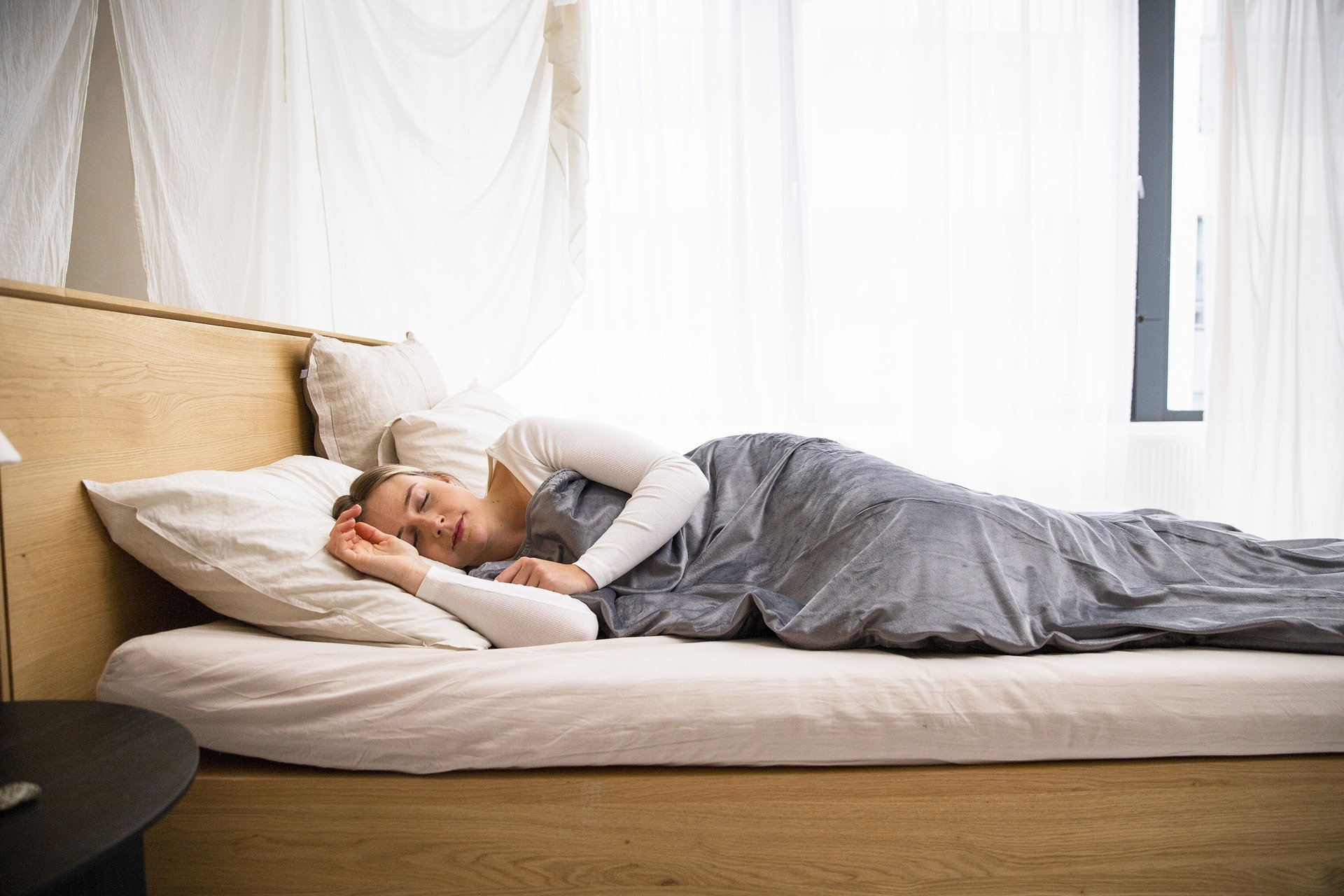Positioning furniture and textiles to absorb household sound
Placement of heavy furniture and soft textiles can significantly change how sound behaves in a living space. This teaser outlines practical approaches for using furniture, curtains, carpets, and foam to reduce echo, block noise paths, and manage vibration. The guidance balances simple rearrangements with targeted textile choices to improve everyday comfort and privacy.
Placing furniture and textiles thoughtfully can reduce unwanted noise and improve the perceived quiet of a room. Beyond solid soundproofing measures, strategic use of sofas, bookcases, curtains, rugs, and foam panels changes how sound reflects, transmits, and is absorbed. This article explains practical placement strategies, materials to prioritize, and how to combine surface absorption with structural measures like sealing and insulation for more effective household sound control.
How do furnishings affect room acoustics?
Large, dense items such as wardrobes, bookshelves, and sofas change room acoustics by interrupting direct sound paths and increasing absorption. Bookshelves filled with books act as irregular surfaces that scatter sound, reducing flutter echo. Upholstered furniture contributes soft surfaces that absorb mid- to high-frequency energy, while heavy furniture placed against a wall adds mass that can help reduce low-frequency transmission when combined with other measures. Thoughtful placement—avoiding a single reflective surface opposite another—creates a more balanced acoustic field.
Can curtains and windows improve soundproofing?
Windows are common weak points for airborne noise. Heavy, layered curtains with dense weaves and thermal liners improve absorption and provide partial sound dampening by reducing reflections and blocking high-frequency noise. Curtains do not fully soundproof a window—sealing gaps and using heavier glazing or secondary windows addresses transmission. A layered approach (curtains plus sealing at the frame) offers better results than curtains alone, and materials labeled for acoustic or thermal performance often deliver improved absorption and reduced reverberation.
Does carpet, underlay, and foam increase absorption?
Carpet and quality underlay reduce impact noise and absorb high-frequency reflections from hard floors. Underlay products with foam or rubber components add a cushioning layer that decouples footsteps and reduces vibration transmission to structures beneath. Acoustic foam panels target mid- to high-frequency reflection control and are often used on walls or ceilings to tame echoes. Together, carpet, underlay, and foam create layered absorption that improves perceived quiet and reduces both airborne and impact noises inside a room.
How can furniture and textiles reduce vibration and decoupling?
Vibration damping and decoupling limit how structural vibrations travel. Soft mounts, rubber pads, or furniture feet with vibration-isolating materials reduce energy transfer into floors and adjacent surfaces. Decoupling heavy elements from direct contact with shared walls—using gaps, resilient strips, or floating mounts—limits structural-borne sound. Textiles (thick rugs, layered curtains) help dampen airborne energy before it couples into building elements, while strategic placement of bulky furniture against shared walls adds mass and a barrier that can complement decoupling measures.
What role do drywall, insulation, and sealing play?
Structural measures pair with furnishings to control transmission. Adding mass with additional drywall layers or using resilient channels can reduce wall-borne sound. Insulation in wall cavities increases absorption of airborne energy, and careful sealing around windows, doors, and electrical outlets prevents flanking paths. While furniture and textiles handle interior absorption and reflection, sealing and insulation address actual sound transfer between spaces. Combining both approaches provides the most consistent reduction in household noise.
Practical placement strategies for household sound absorption
Start by identifying dominant noise sources and reflective surfaces. Place sofas and large upholstered pieces opposite hard walls to break reflections. Position bookshelves or tall cabinets along shared walls to add mass and scatter sound, and use thick rugs with underlay in high-traffic zones to reduce impact noise. Hang heavy curtains over windows and consider a second inner pane or sealing strips for gaps. Install foam or fabric-wrapped panels at first-reflection points and on ceiling areas where echoes concentrate. Keep furniture slightly off walls when you need air circulation, but where controlling transmission matters, a backed cabinet or wardrobe against a shared wall can help. Layer textiles—rugs, curtains, upholstered headboards—to create progressive absorption from high to low frequencies.
Conclusion
Effective household sound control blends surface absorption from textiles and furniture with basic structural measures like sealing and insulation. Thoughtful placement—using soft, layered materials and adding mass where transmission is likely—reduces reflection, vibration, and echo without major renovations. Combining these tactics produces quieter, more comfortable rooms while leaving more invasive interventions as optional next steps.






